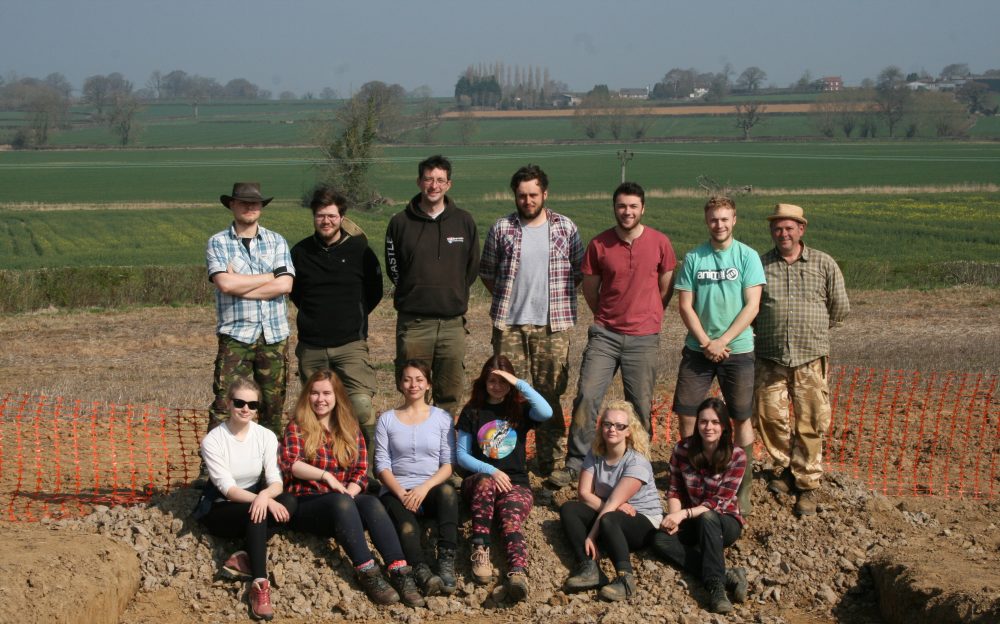At long last, here it is! 40,000 words of post-excavation assessment (PXA) on the villa excavations in 2016 and 2017. A PXA is an important technical document that outlines and assesses the discoveries we made during the excavation. It’s not a thrilling read, but it does lay out all of the evidence that we found. From this document we will write our final publication text that will draw all of our discoveries in the Lufton area together.
You can download a low resolution version of the PXA here



